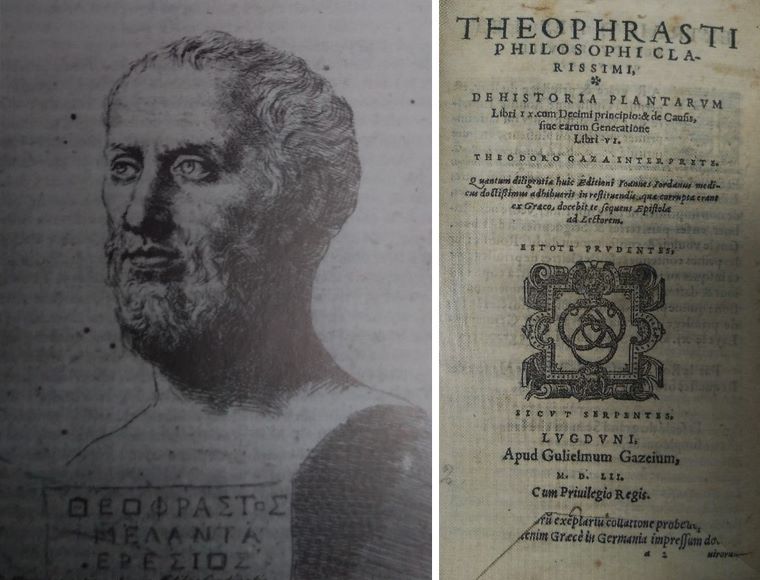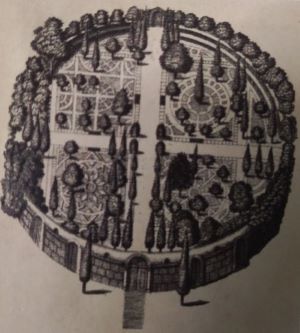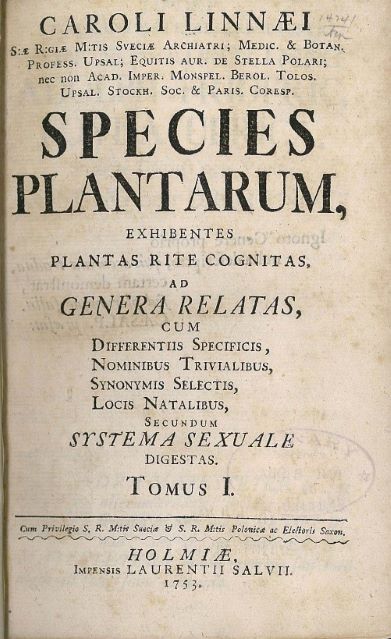
The path of two separated sisters: botany and agriculture
Botany is the science that studies the plant world from all points of view and in all its different aspects. Currently encompasses a series of disciplines that study the metabolism, reproduction, growth and development of plants, but for a long time, botany was used with the principal purpose to study the usefulness of plants. On the other hand, agriculture teaches us how to take advantage and convert the multiple resources that the plant kingdom offers into more useful things. That is why it is closely related and dependent on botany, so it is clear that their history cannot be separated. Both grew up together and developed arm in arm over the centuries and millennia.
The curiosity about plants, in particular with practical use, dates back to several centuries ago. Our ancestors gradually began to take advantage of plants, leading to the beginning of agriculture (10,000-12,000 years ago). Later, in ancient Egypt, there was already a great curiosity for exotic products (3,100 BC), but it was in Greece, with Theophrastus, a student and successor of Aristotle, that the whole world of plants began to be studied. Theophrastus is considered the “father” of botany and among many works, two treatises on plants are known: Historia plantarum (description of species and their uses) and De causis plantarum (treatise on physiology). He was a pioneer in many fields and he distinguished four groups of plants: trees, shrubs, sub-shrubs and herbaceous plants and wild and domestic species. However, the work of Theophrastus was quickly forgotten; those who later became interested in plants moved away from theoretical botany in favor of medical interest, an orientation that will mark botany for many centuries. This was evidenced in particular by the famous treatise of Dioscorides (1st century AD), De Materia Medica. Dioscorides offered a brief description of the plants mentioned with personal observations, but he is mainly interested in their therapeutic properties. Still in the 1st century Pliny the Elder, a Roman naturalist, in Historia Natural, wrote about several subjects including the knowledge about plants. Also, the Romans were distinguished by their knowledge of agriculture, as evidenced by, for example, the work of Varro and Columella.
Theophrastus (372-287 BC) and the first Latin translation of his work, Historia plantarum, by Theodore Gaza at the request of Pope Nicholas V.
Source: Joelle Magnin-gonze. 2015. Histoire de la botanique. Delachaux et Niestle, Paris.
Centuries later, the early Middle Age was characterized by an essentially philosophical (Isidore of Seville, 7th century) or moral orientation (Rabanus Maurus, 9th century). It is in the 12th century that we see the return of personal observation on botanical issues. For example, Hildegard of Bingen (12th century) showed excellent knowledge of the flora and fauna of the region where she lived. She dedicated a very large place to plants and trees with medical uses. Albert the Great (13th century) showed scientific curiosity and a critical mind, questioning the living conditions of plants, their diversity, their geographical distribution, their organs, their growth and their uses. Once again, the obvious link between botany and agriculture and / or medicine was evident. This has a considerable influence in subsequent centuries.
Meanwhile, the Renaissance was characterized by the rediscovery of ancient authors and the desire for personal observation of nature. Naturalists embark on excursions around the world and the invention and spread of the printing press (in the middle of the 15th century) facilitated the wide dissemination of information, which allowed botany to establish itself as an important subject in the late 16th century. The teaching of botany takes root in the universities. Additionally, the first botanical gardens were created firstly in Pisa, Padua and Florence, and later in the rest of Europe. Linked to universities, they allowed teachers to make observations and experiments on the spot.
The project of the botanical garden of Padua, one of the first botanical gardens in Europe.
Source: Joelle Magnin-gonze. 2015. Histoire de la botanique. Delachaux et Niestle, Paris.
In the 17th century, botany was free from the observations of the ancients, and studies related to morphology and physiology gradually developed. The collective expeditions and the discoveries and descriptions of species already known or recently observed increased both in Europe and around the world. The European interest in the flora of exotic countries was not only scientific but also economic. In addition, people were passionate about exotic plants, which the wealthy owners wanted to keep in their gardens. However, the immense quantity of new species discovered and described required a classification, and also a nomenclature. It was with Linnaeus (1707-1778) that a scientific nomenclature of the plant and animal world prevailed, in his work Species plantarum (1753).
Species plantarum of Carl Linnaeus, 1753.
Source: Joelle Magnin-gonze. 2015. Histoire de la botanique. Delachaux et Niestle, Paris.
In the end of the 18th century, the nomenclature of Linnaeus was established and most of the disciplines related to botany were born. From the 19th century onwards, morphology and systematics improved. Anatomy, physiology and cytology took their first steps thanks to new inventions of optical instruments and more accurate experimentation innovations. The study of fossils and ancient flowers began, which improved the systematics and allowed the development of paleobotany. The progress of chemistry made it possible to determine the constituents of a plant. Since the mid-nineteenth century with Darwin’s theory of evolution, the concept of adaptation to environmental factors and the role of natural selection have guided changes in the development of organisms. Thus, at the beginning of the 20th century, the foundations of modern botany are already established. Guided by systematics and nomenclature, it expanded to give rise to floral biology, anatomy and morphology, physiology, paleobotany, embryology and ecology. These disciplines have since followed different paths with their innovations, with new techniques partly invented throughout the 20th century, which allowed remarkable advances. On the other hand, since the end of the 18th century and the beginning of the 19th century, agriculture and botany began to be gradually separated. Agriculture started to be studied in order to respond to population growth and the decrease in soil fertility. In the 20th century, it evolved to respond to the problem of food scarcity.
Therefore, one consequence of the growing knowledge about plants was a sharp separation of the disciplines that study the usefulness of plants. The important and fruitful contacts between botany and agriculture have been lost and there are great losses and damages for both. Promoting this ancient bridge will help to address important issues such as environmental problems and climate change, as well as the need to find solutions to feed the increasing world population.




0 Comments